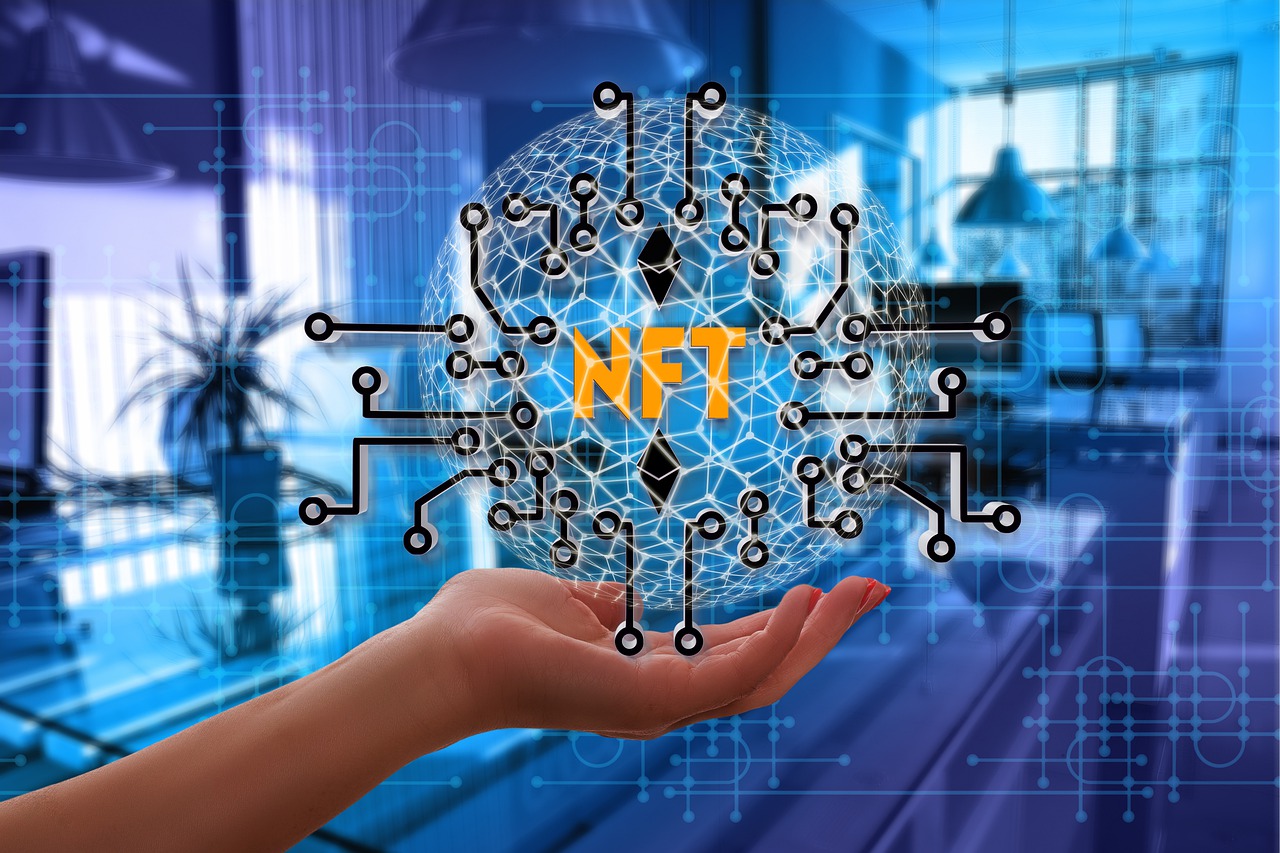Technology Trends That Are Shaping The Future Of Sports In 2023
As we reflect on the year 2023 so far, it becomes clear that it has been a pivotal year in sports and sports technology. Numerous significant stories and advancements emerged that are expected to leave a lasting impact on the industry.
The rapid rate at which technologies and trends are evolving, despite facing occasional setbacks, has sparked conversations about what lies ahead in the field of sports technology.
Looking into the rest of 2023, our attention turns to understanding the future trajectory of sports tech and determining where our focus, as well as the attention of others, should be directed. These five key trends in sports technology are expected to have a significant impact.
Rise in the Application of Generative AI
Generative AI has the potential to bring about transformation in various sectors, changing the way we approach and solve problems. Its ability to generate fresh ideas and innovative solutions holds revolutionary implications for almost all sectors.
In the field of sports technology, generative AI has the potential to revolutionize various aspects. It can analyze and improve strategies, forecast outcomes, and even customize training programs for athletes. By utilizing the power of machine learning, we can push boundaries and propel the sports industry into a new era of innovation.
Sports marketing has also been impacted by these advancements, with the introduction of image generation capabilities, customer service chatbots for fans, and improved workflows for content creators and community managers. These innovations have made daily operations easier, facilitated faster fan communications, and strengthened relationships with the audience.
In terms of sports information, generative AI will revolutionize pre- and post-game coverage. With the help of finely-tuned algorithms, athlete profiles and additional content can be swiftly generated, relieving journalists and editors from rushed content creation. This innovation will empower sports organizations and broadcasts to provide rapid and extensive coverage like never before.
Evolution of Data Collection and Dissemination in Sports
Data has become an increasingly important aspect in various sectors of the sports industry, influencing things such as athletic performance metrics, sports betting, and fan engagement opportunities during games. And the three are fairly well-connected to one another. Performance metrics are used by oddsmakers to determine an athlete or team’s chances of success in a future game, and increasing the amount of available data helps make these predictions more accurate.
Fan engagement in sports has evolved significantly over the years, with many enthusiasts now delving deeper into the intricacies of the game through data analytics. With the surge in sports betting, which basketballinsiders.com provides updated information on, fans are more invested in athlete performance than ever before, keenly following every stat and play to make informed wagers. This close scrutiny not only adds another layer of excitement for supporters but also emphasises the importance of players consistently performing at their best. Furthermore, the integration of live performance data into betting platforms has enhanced the overall experience, making the sport-watching experience more interactive and immersive.
At the same time, sports organizations and rights holders are placing greater emphasis on the collection of fan data. With Apple implementing stricter privacy measures and platforms like Facebook and Google discontinuing the use of third-party cookies, there is a growing trend towards zero-party data collection.
The future of sports data collection will, therefore, no doubt be shaped by the ever-changing landscape of privacy concerns. As rights holders navigate this terrain, they will prioritize the development and maintenance of their own databases. This shift in focus will allow for stronger connections with fans, particularly those who follow individual athletes. The result? Fans can expect highly personalized experiences that truly resonate with their unique interests and preferences.
Novel Applications for NFTs
After making their mark in the sports industry, NFTs have predominantly been utilized to immortalize game highlights and offer fans a feeling of possessing individual moments and memorabilia. Looking ahead, the coming year holds promise for the rise of NFT ticketing, which was already trialled by the NFL for select games in 2021. The NFL also sold off 4000 NFT collectables representing each team in the same year.
NFT-based tickets provide improved security compared to traditional options by using unique QR codes, which help prevent fraud, illegal resale, and ticket scalping – persistent problems in the sports industry. Furthermore, NFT ticketing eliminates anonymous secondary buyers. By buying and reselling tickets on NFT marketplaces, sports organizations can gain better insights into event attendees, while allowing event organizers to earn royalties from secondary ticket sales.
A forward-looking vision for sports organizations involves drawing inspiration from successful companies like Starbucks, Reddit, and Nike. The emphasis will be on prioritizing quality content over quantity, moving beyond just highlights. This shift will involve embracing co-creation opportunities and implementing rewarding membership programs.
Transformation in Sports Content Landscape
Netflix's foray into sports documentaries, such as ‘The Last Dance' showcasing Michael Jordan's last season with the Bulls and ‘Drive to Survive' highlighting Formula 1, has revolutionized sports content. These docuseries have paved the way for a burgeoning trend in sports programming that continues to evolve, granting viewers an up-close and personal glimpse into the lives of their beloved athletes.
As fans, we now have the opportunity to delve into the lives of athletes through behind-the-scenes content that is readily accessible. This has led to a surge in creative and engaging explorations into their world. Furthermore, niche sports have the potential to gain popularity with comprehensive behind-the-scenes coverage, much like how ‘Drive to Survive' propelled Formula 1's global following (and it was watched by over 6.8 million viewers).
Interestingly, the interests of Generation Z go beyond just on-field action. They are drawn to behind-the-scenes content that gives them a glimpse into the lives of athletes. This includes locker room footage, personal vlogs about injury recovery, and any content that helps establish a stronger connection with athletes. Moreover, this trend also provides an opportunity for athletes themselves to become content creators and share their stories in their own unique voices.
Netflix is released a new docuseries in June 2023 called ‘Break Point,' which explores the Grand Slam experiences of tennis stars. This series is generating buzz and is worth paying attention to for those interested in tennis and its viewership metrics.
The future of storytelling will see a shift in focus from major production companies to athletes themselves. Athletes will have the opportunity to share their own personal accounts of pivotal moments in their careers and have control over how those stories are shared with their chosen audiences.
Technology-Enhanced Stadium Experiences
The in-stadium experience is undergoing exciting transformations in 2023 and beyond. SoFi Stadium in Los Angeles is leading the way by testing and implementing cutting-edge technologies. One notable innovation is the introduction of new augmented reality (AR) tech developed by ARound, which allows fans to interact with both physical and digital elements during games.
Stadiums are implementing various innovative features to enhance the fan experience, such as flexible ticket subscriptions and memberships. This diverges from the traditional season ticket model, giving fans more options and flexibility. Furthermore, technologies that monitor crowd density and simplify stadium entrances are improving the overall experience for spectators.
Can these technological advancements attract younger fans? According to Morning Consult research, nearly half of Generation Z has never attended a live sporting event. So the question is, can new technologies help reverse this trend? Keeping an eye on the statistics will provide valuable insights.
Future developments in AR glasses are expected to revolutionize the sports industry. In collaboration with multiple tech vendors, various sports events will experiment with in-venue AR glasses. This cutting-edge innovation aims to enhance the spectator experience by providing real-time stats and live graphics. Similar to how 3D glasses transformed the cinema experience, these AR glasses will introduce a whole new level of immersion for sports fans.
839GYLCCC1992





Leave a Reply